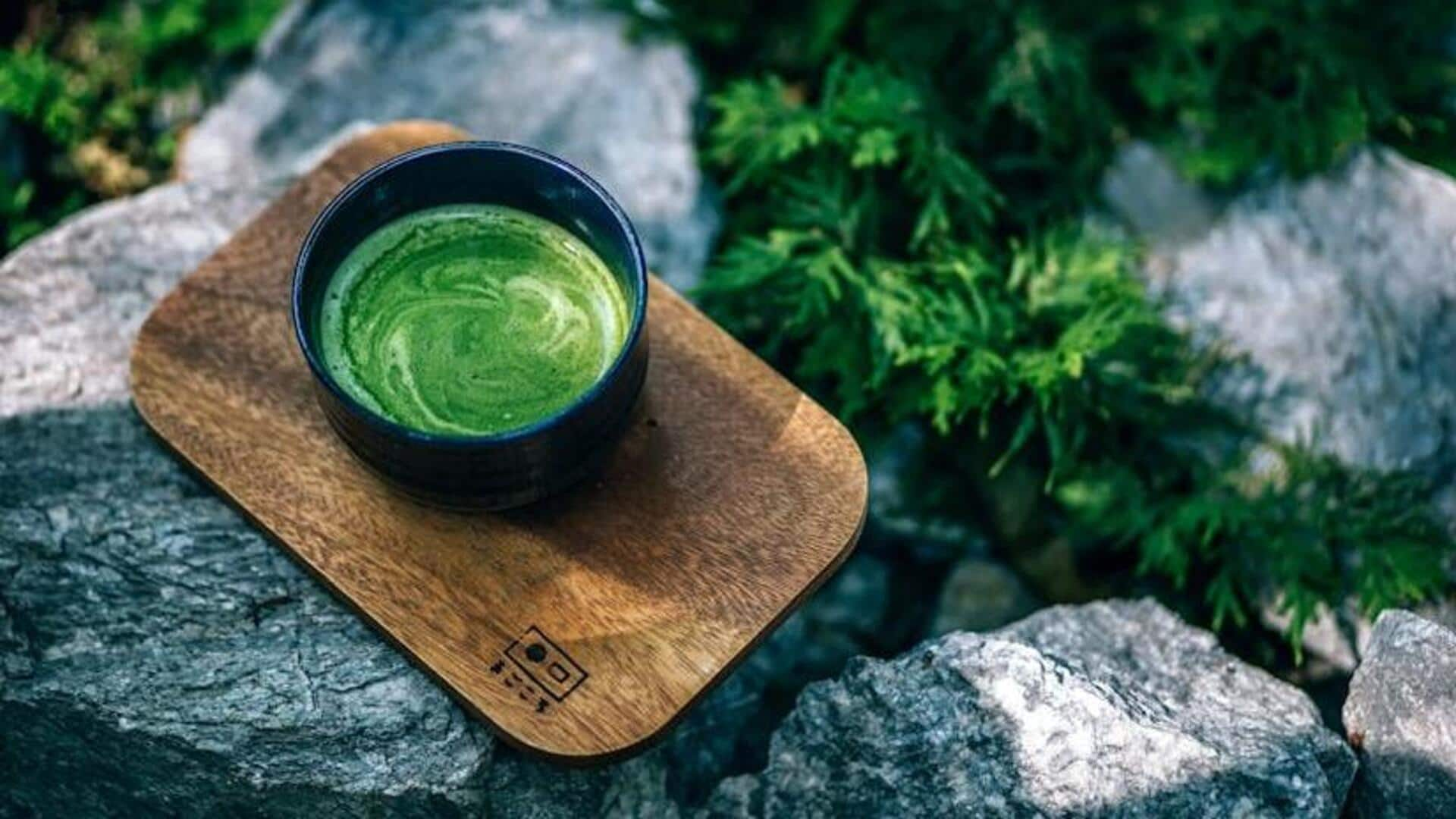
Kyoto's matcha and wagashi sweet sensations
What's the story
Kyoto, blending tradition with modernity, is celebrated for its deep historical roots and rich cultural heritage. Among its numerous treasures, the city is particularly proud of its culinary offerings, notably matcha (green tea) and wagashi (traditional Japanese sweets). These are not mere foods; they represent an immersive experience that captures the essence of Japanese aesthetics and philosophy, making them unique.
Matcha marvels
Discover the magic of matcha
Matcha, more than green tea, is key to Kyoto's culture. Shade-grown to boost its color and flavor, it offers a unique taste from sweet to umami. Rich in antioxidants, it's both delicious and healthful. Enjoying matcha in Kyoto goes beyond drinking tea; it's an embrace of a tradition that nurtures mindfulness and tranquility, reflecting a centuries-old practice.
Sweet traditions
The art of wagashi
Wagashi are traditional Japanese sweets that are as beautiful as they are delicious. Made from plant-based ingredients like mochi (rice cake), anko (red bean paste), and fruits, wagashi are often served with tea. Each piece is a work of art, reflecting seasonal themes through their shapes, colors, and flavors. Tasting wagashi is like taking a bite out of Japan's rich cultural landscape.
Tea time
A journey through Kyoto's tea ceremonies
Participating in a tea ceremony in Kyoto offers an immersive way to understand the deep connection between matcha and Japanese culture. It's more than sipping tea; it's a choreographed art form focusing on preparation, serving and consumption with utmost respect and attention to detail. This experience allows visitors to appreciate the harmony between human interaction and nature's simplicity.
Culinary exploration
Where tradition meets taste
Exploring Kyoto's teahouses and sweet shops offers an intimate look into the city's culinary traditions. Bustling markets feature vendors selling freshly made wagashi, while serene teahouses provide a space where time seems to pause for matcha enjoyment. Each location has its own narrative, allowing visitors to see how these delicacies are crafted using techniques that have been handed down through generations.